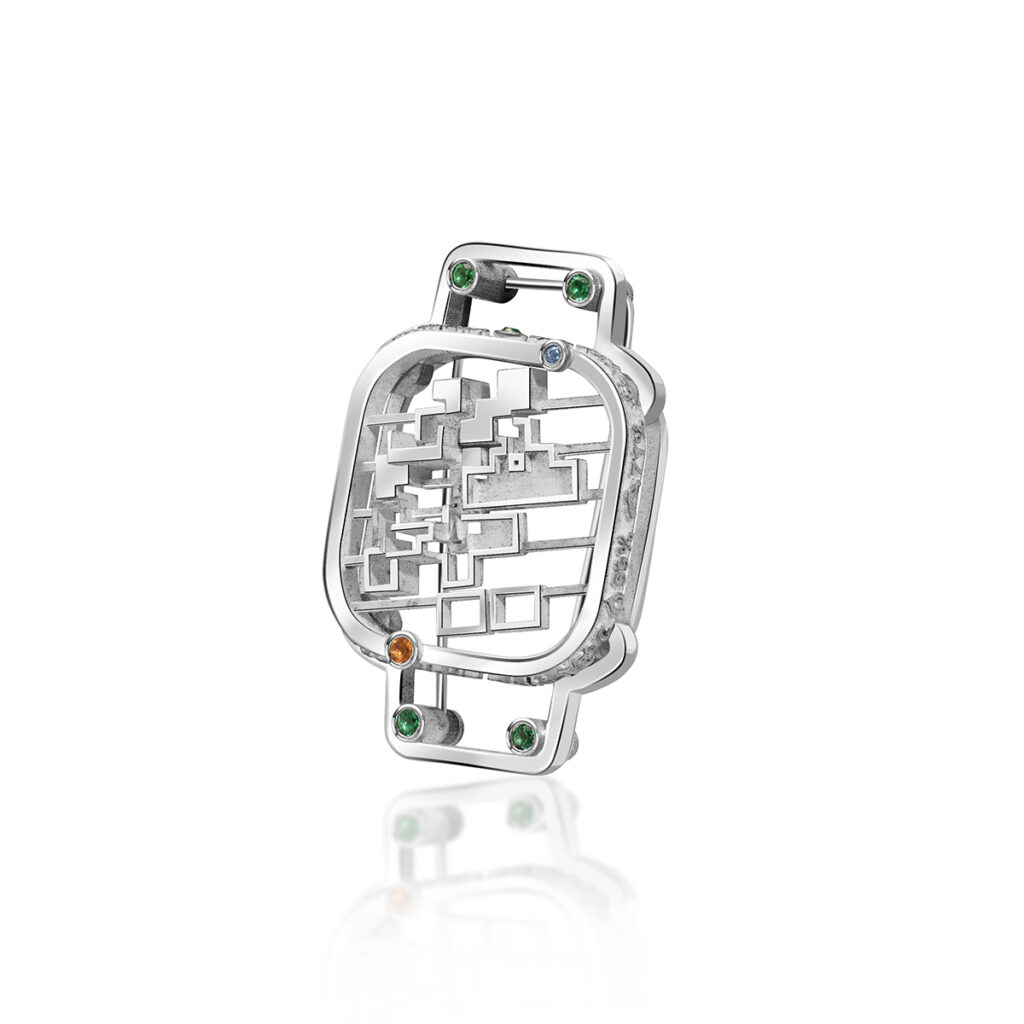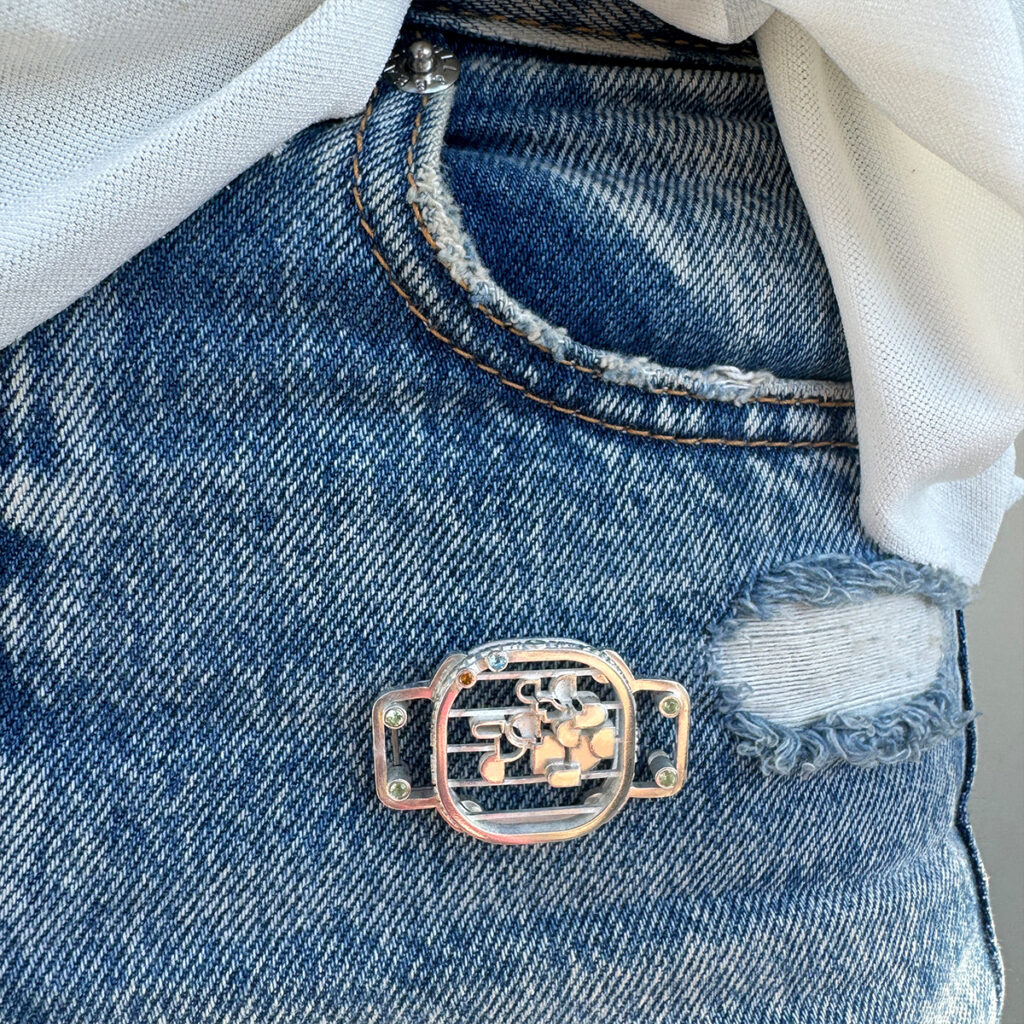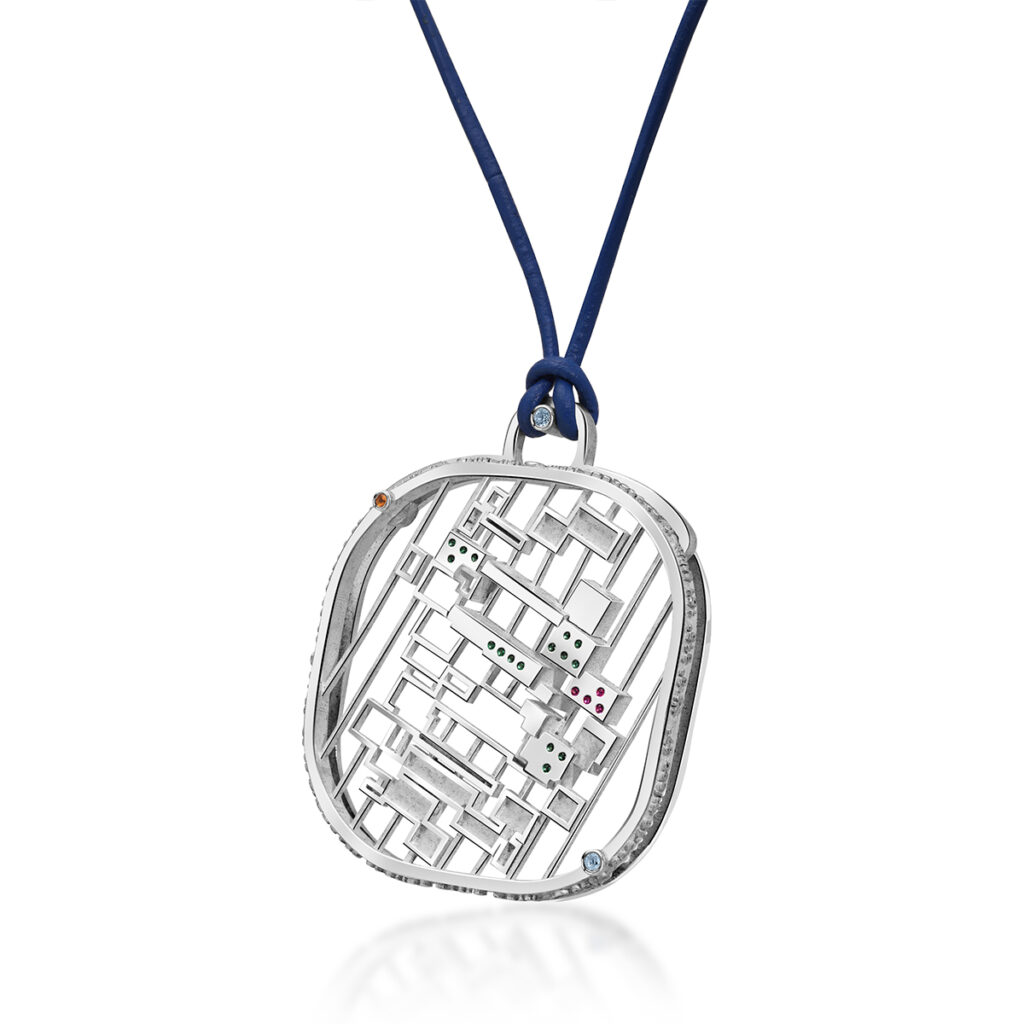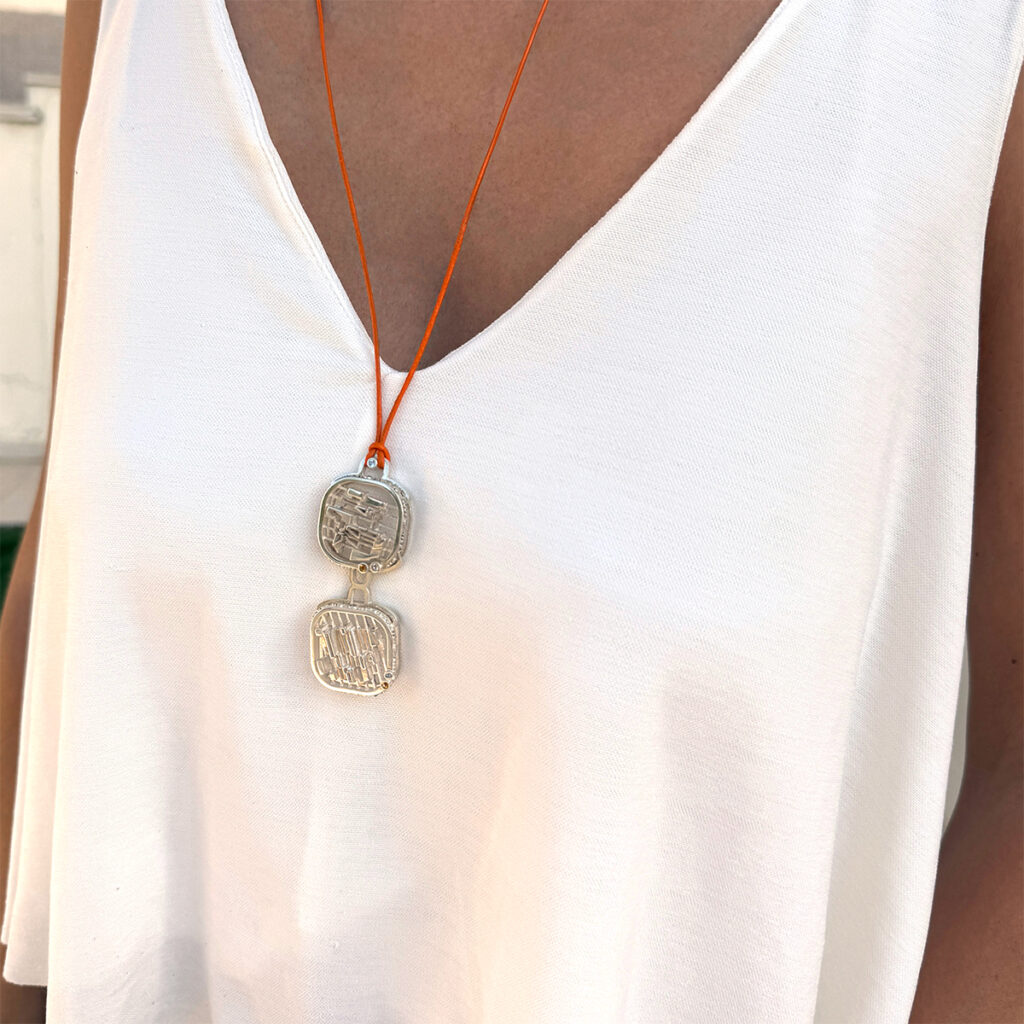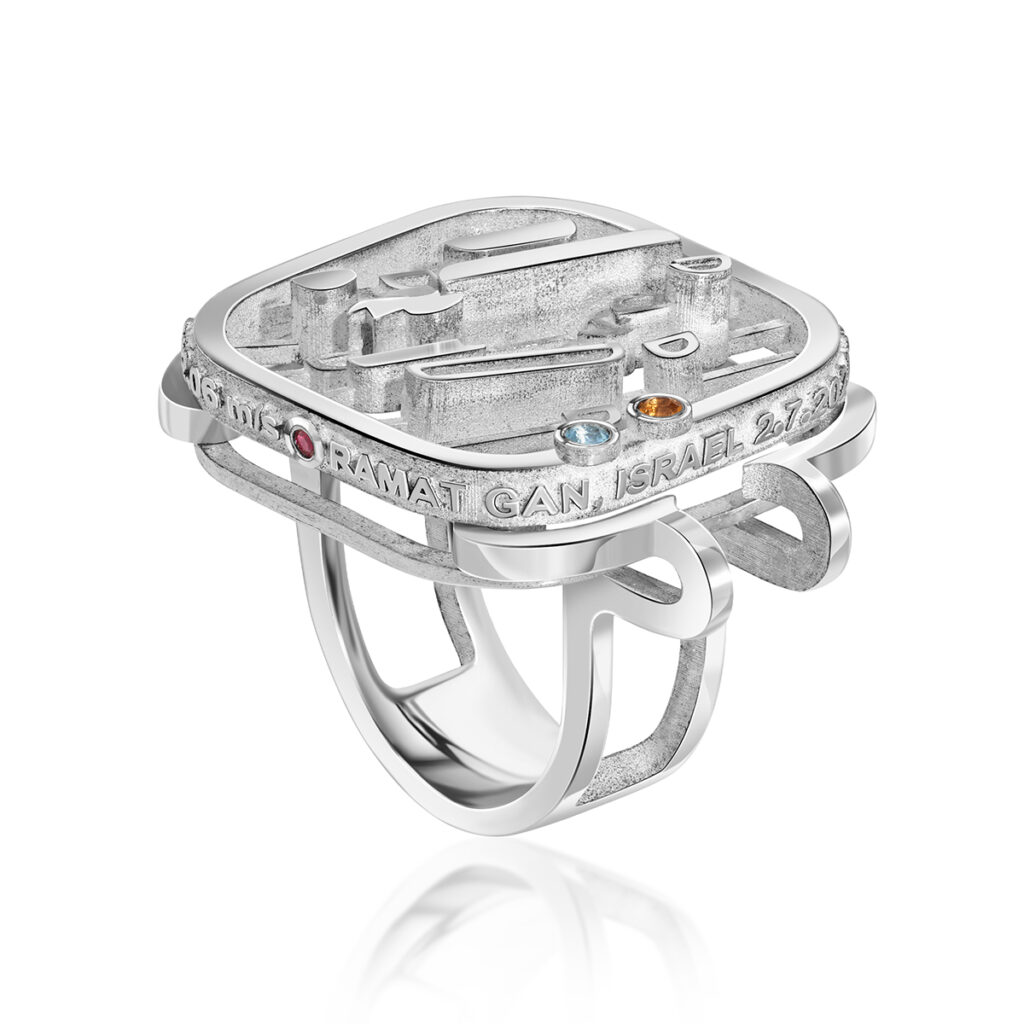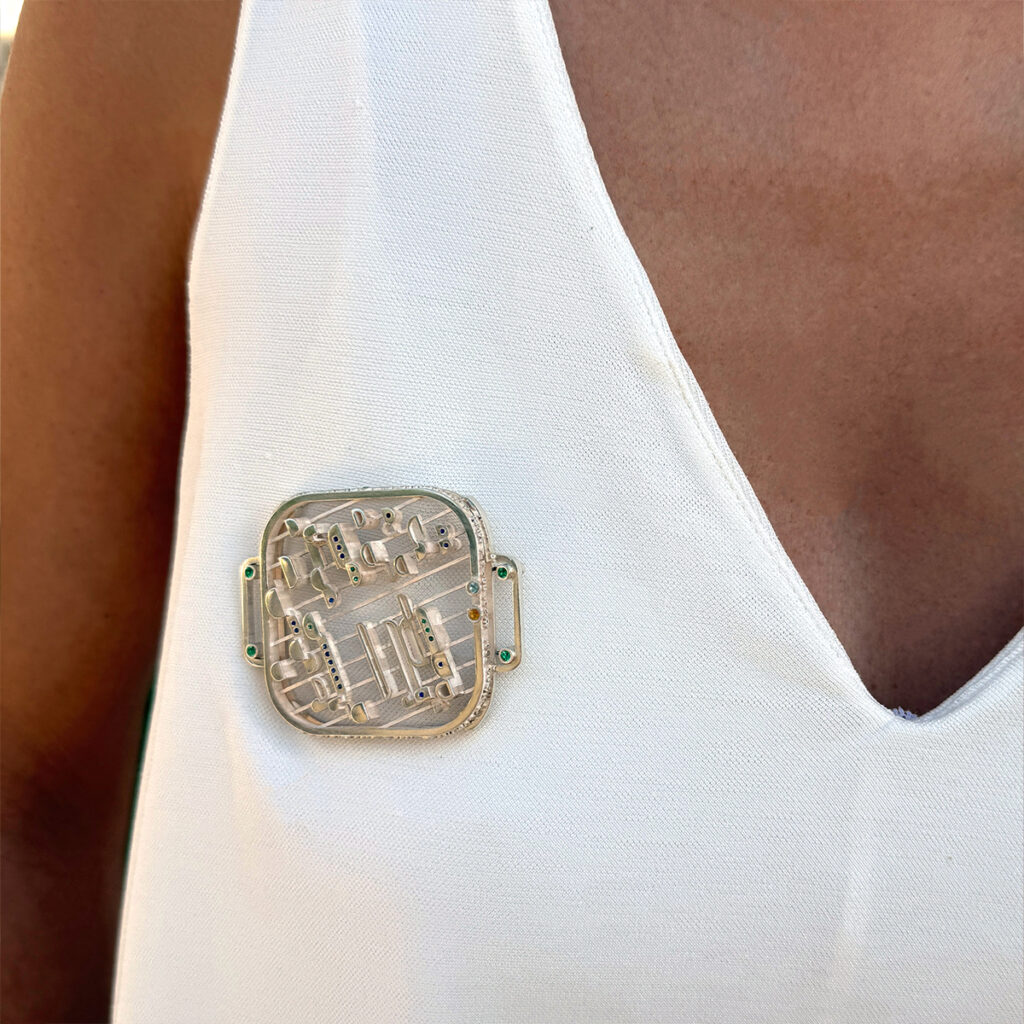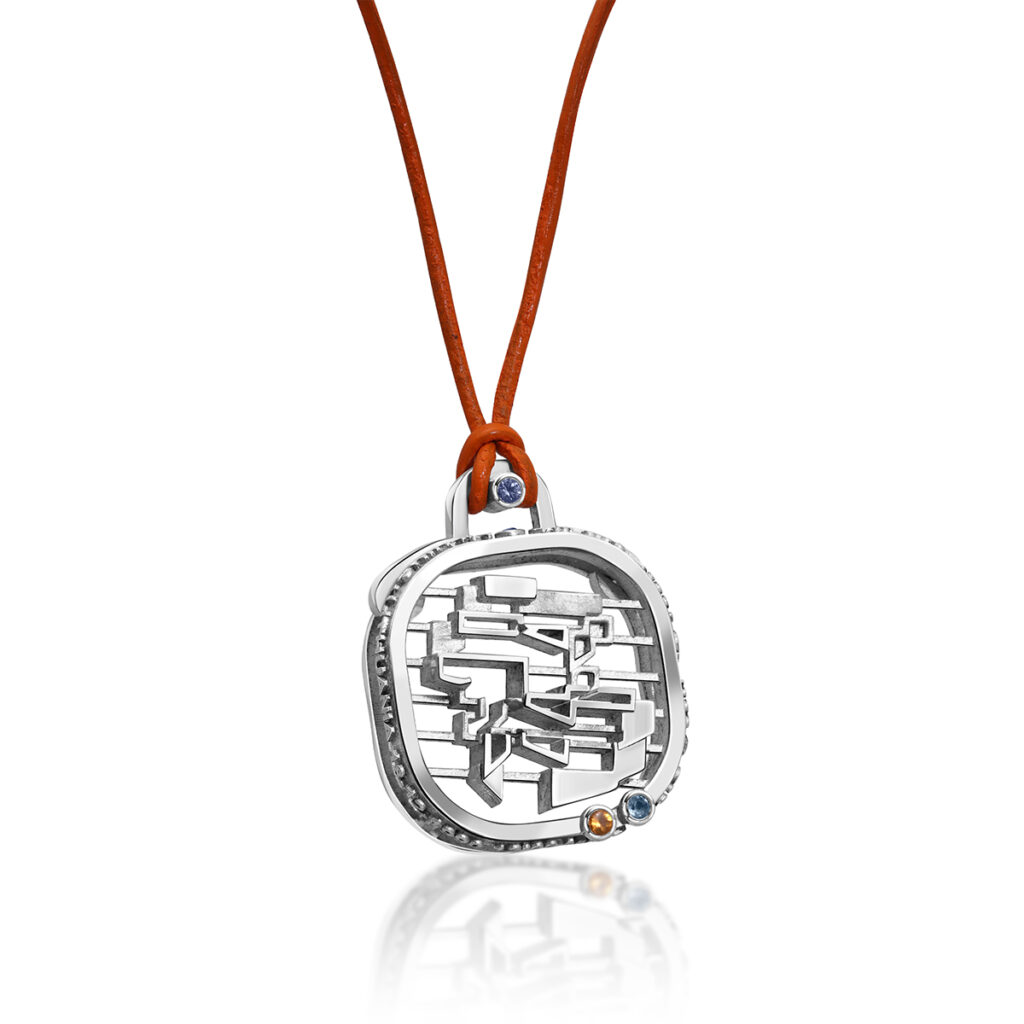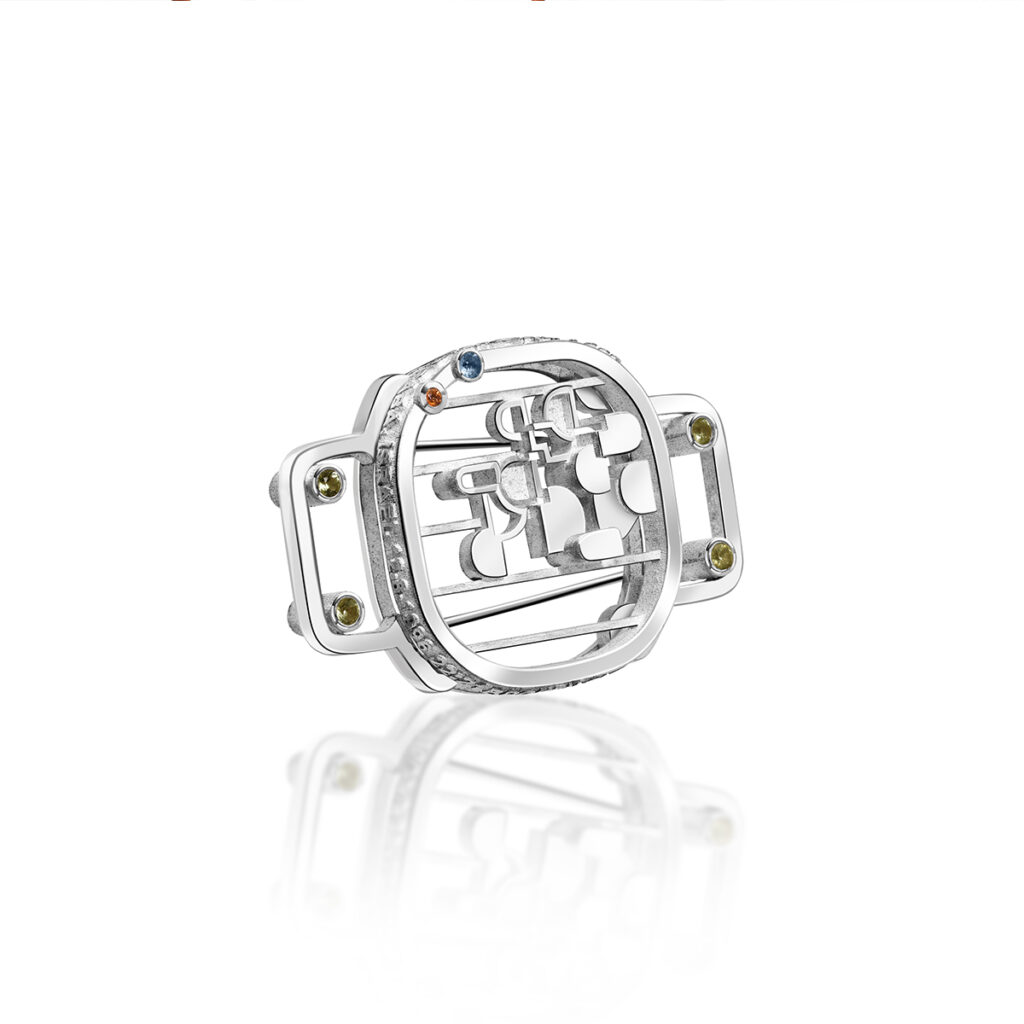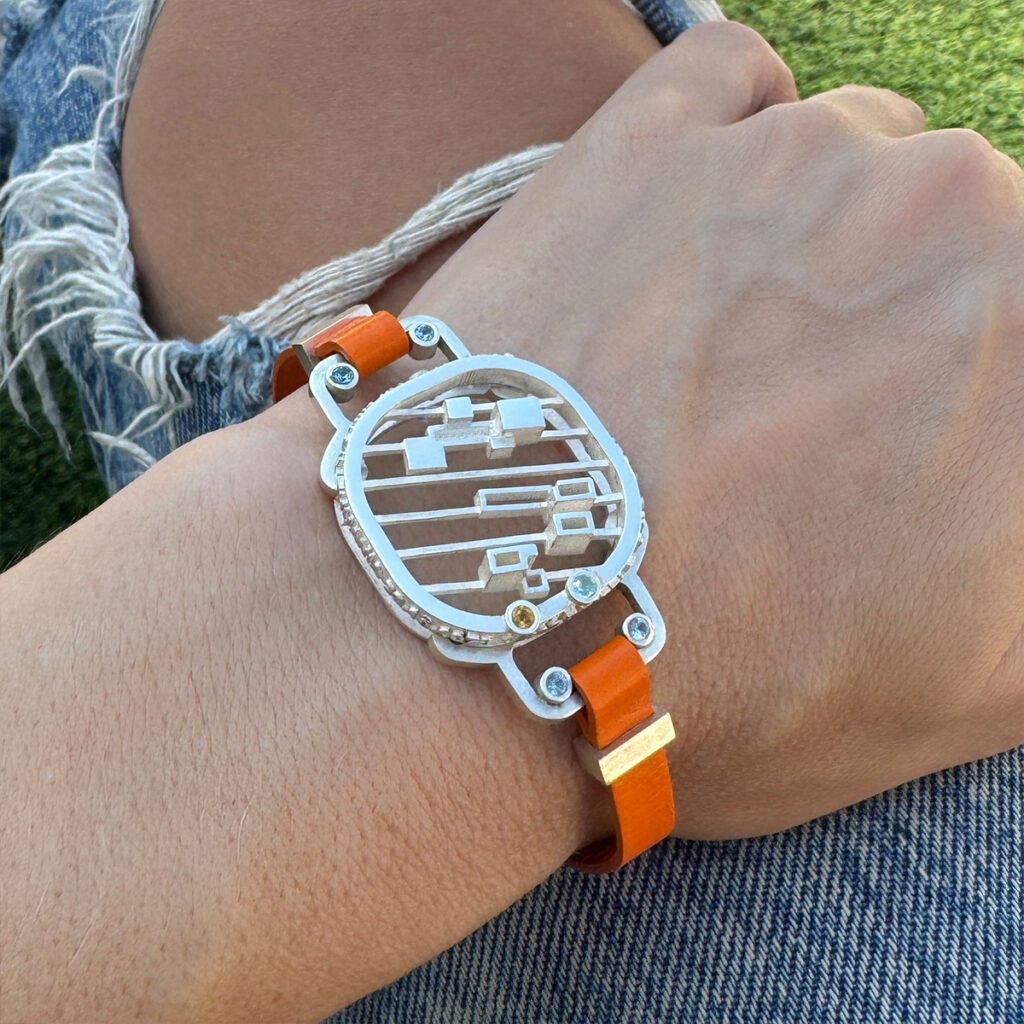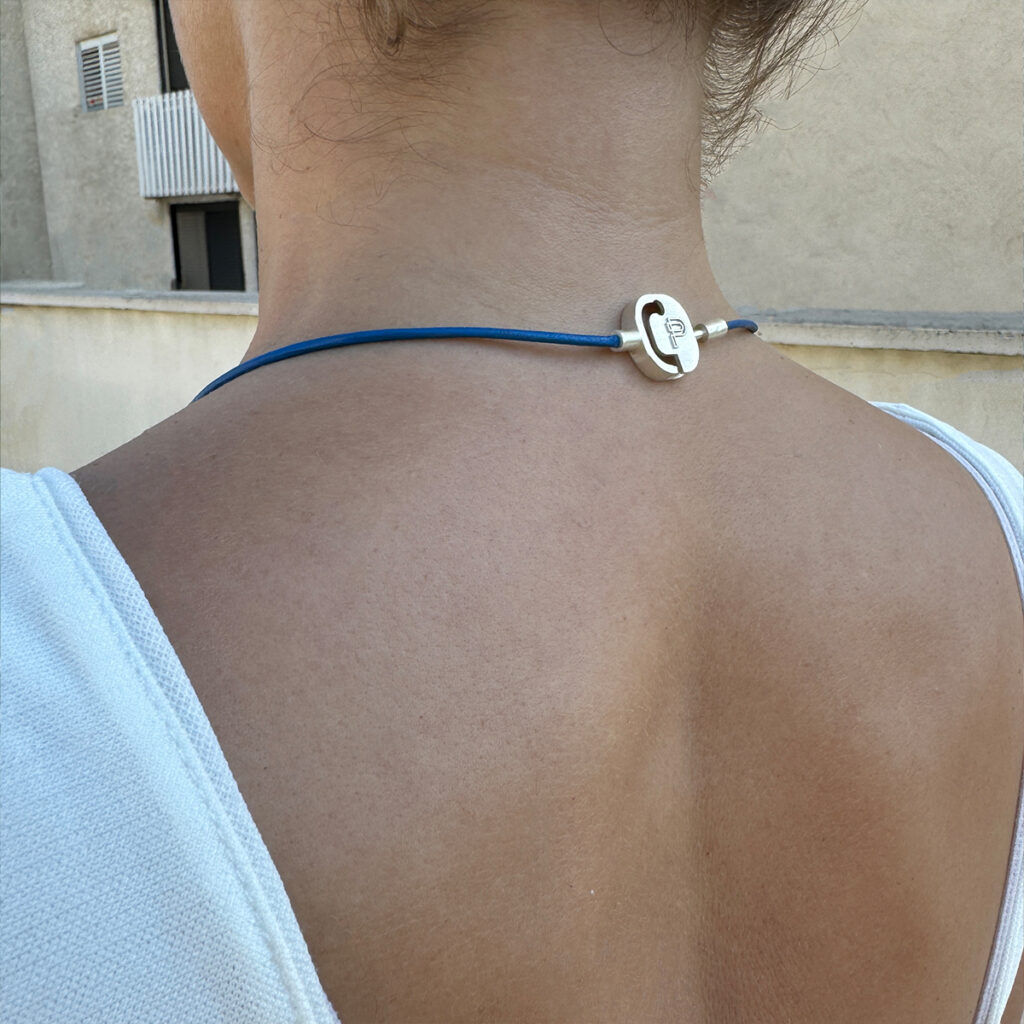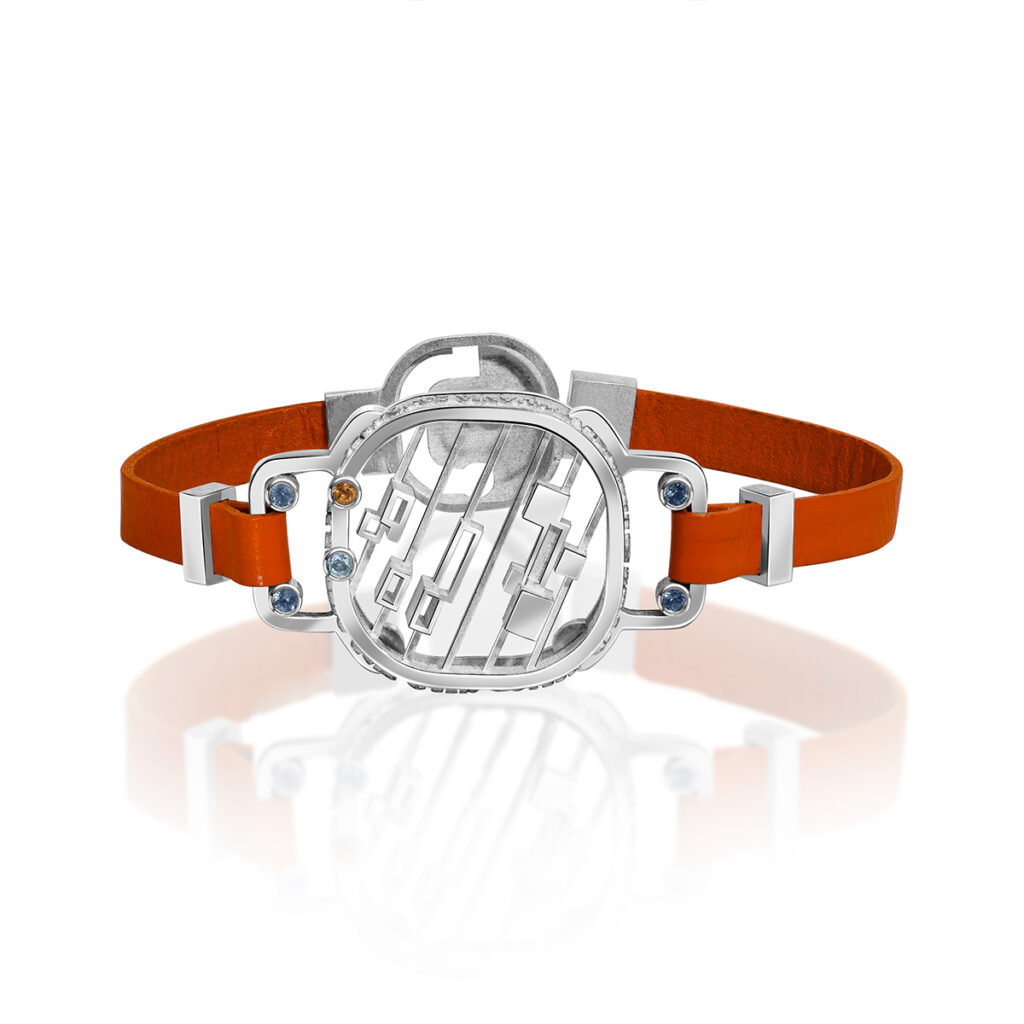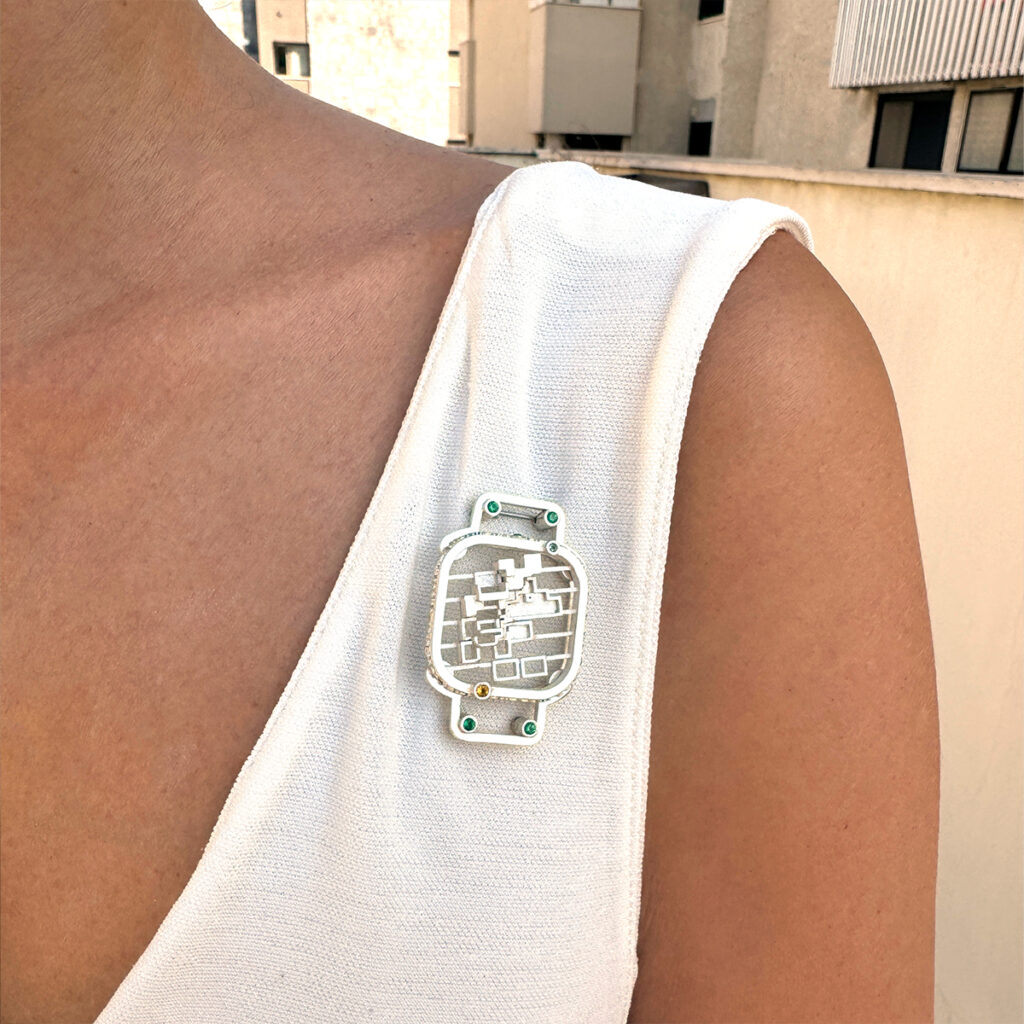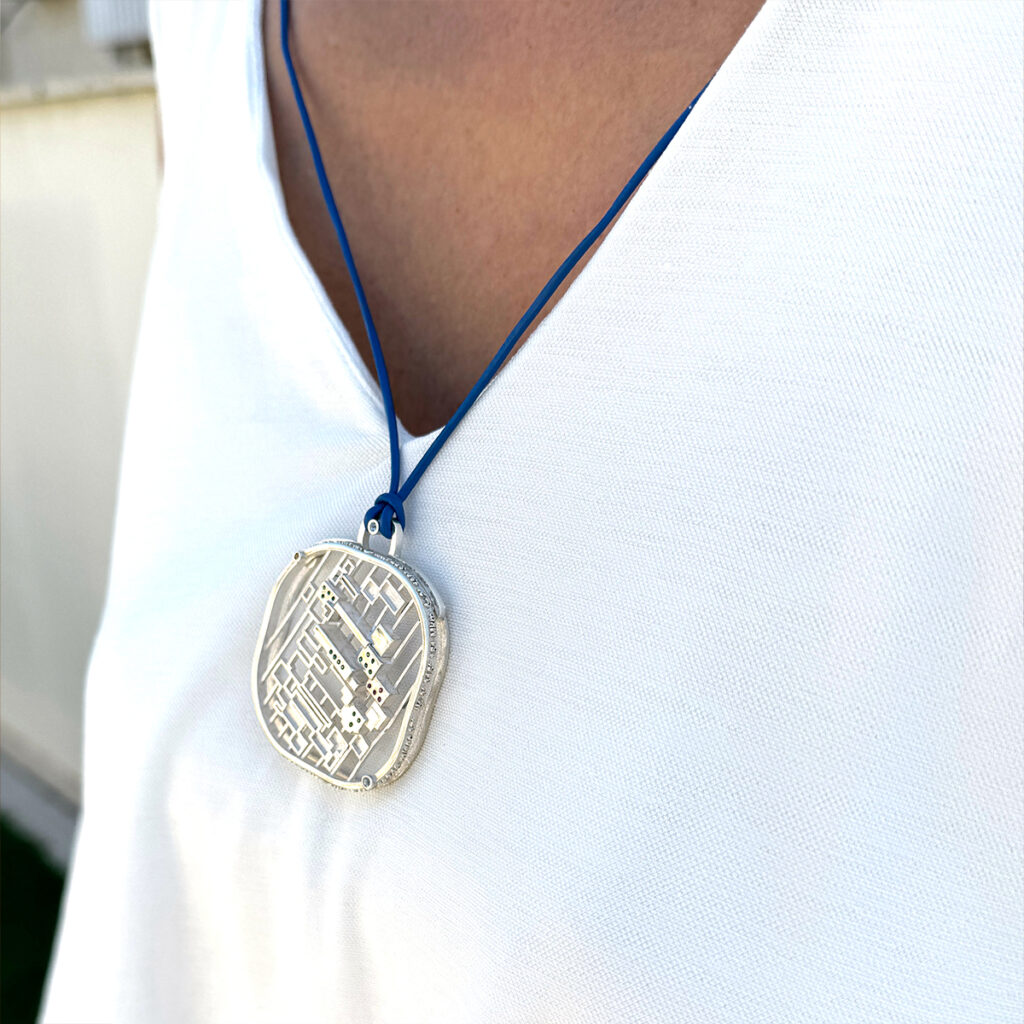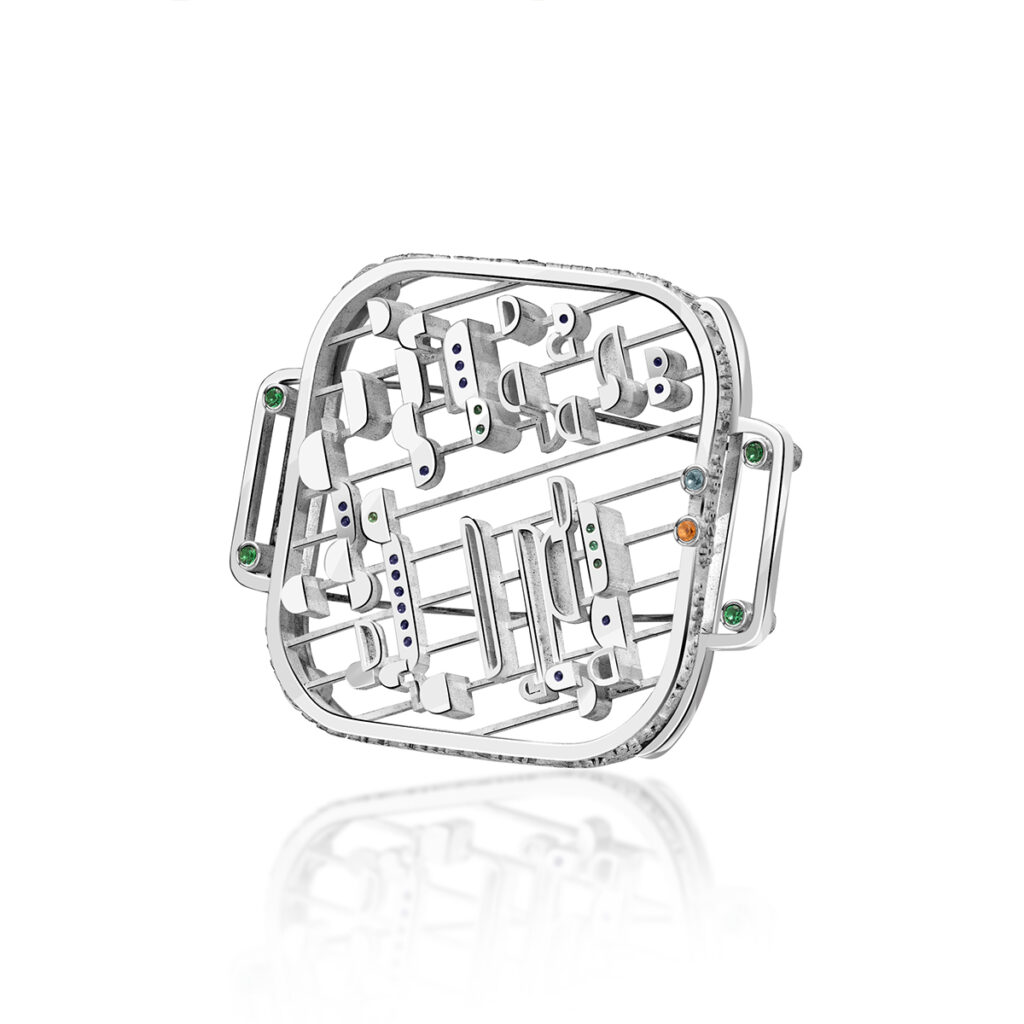We were unable to automatically determine the coordinates for this location. Please enter them manually, or select a nearby location.
Create a piece to see your data
In your Pásaka design, the coordinates have a subtle yet significant influence:
While their effect is milder compared to other parameters, the coordinates shape many small details in the design. These subtle changes depend heavily on the interaction with other parameters, making their impact less immediately visible.
However, this delicate influence creates a unique commonality in all pieces originating from the same location, tying them to their shared origin.
Create a piece to see your data
In your Pásaka design, temperature plays a key role in shaping the inner elements of your piece:
Freezing temperatures create sharp, uneven, and pointed inner forms.
Moderate temperatures produce clean, straight rectangular shapes.
High temperatures result in soft, rounded contours.
Additionally, the temperature determines the number of rows in the design, adding a unique structural dimension to your piece.
Create a piece to see your data
In your Pásaka design, relative humidity shapes the character of the outer frame:
Low Humidity: The frame takes on a sharper, less rounded form.
High Humidity: The frame softens and curves into a more rounded shape.
This progression mimics the natural curvature of a drop of water, becoming rounder as humidity increases.
Create a piece to see your data
In your Pásaka design, cloud cover percentage determines the maximum width of the inner shapes:
Low Cloud Cover: The inner shapes are narrower.
High Cloud Cover: The inner shapes are wider.
As the cloud cover percentage increases, the inner shapes expand, much like how clouds spread across the sky, covering more of its surface.
Create a piece to see your data
In your Pásaka design, wind speed shapes the character of the inner forms:
Weak Wind: The inner shapes are longer and more relaxed.
Strong Wind: The inner shapes become shorter and messier.
As the wind speed increases, the inner shapes grow more chaotic and compact, reflecting the turbulence and intensity of the wind.
Create a piece to see your data
In your Pásaka design, wind direction influences the angle of the inner shapes, but not in isolation:
The wind direction works together with wind speed to determine how the shapes "move".
Stronger winds amplify this movement, resulting in more dramatic adjustments to the angles.
As the wind shifts direction and its speed changes, the angles of the inner shapes adapt dynamically, capturing the fluid and ever-changing nature of the wind.
Create a piece to see your data
While the weather description does not directly influence the design of your piece, it adds depth to the experience:
By including this narrative, you can fully immerse yourself in the atmosphere of that moment, recalling not just the conditions but also the mood. This enhances the emotional connection to your Pásaka design, making it even more meaningful.
Create a piece to see your data
In your Pásaka design, the sun's altitude angle influences both the size of the citrine stone and the alignment of the underlying lines:
When the sun is below the horizon, the citrine stone is smaller (1.5 mm), symbolizing the absence of sunlight.
When the sun is visible, the stone becomes larger (2 mm), representing the sun's presence in the sky.
Additionally, the sun's presence affects the alignment of the underlying lines. When the sun is visible, these lines align with the shapes, allowing more light to pass through. When the sun is below the horizon, the lines shift to a perpendicular orientation, reducing the amount of light and creating a more subdued effect.
Create a piece to see your data
In your Pásaka design, the sun's azimuth determines the placement of the citrine stone and interacts with the moon's azimuth to shape the design:
As the sun's azimuth changes, the citrine stone moves along the outer frame, reflecting the sun's position in the sky.
The inner shapes within the angle formed by the sun's and moon's azimuth are always low. The fuller the moon, the more low shapes appear, making the design feel lighter and more illuminated. These low shapes are unaffected by other height parameters, ensuring they remain a distinct feature tied to the moon's fullness and its interplay with the sun's direction.
Create a piece to see your data
In your Pásaka design, the sun's distance influences the openness of the shapes:
The closer the sun is, the more shapes remain open, allowing greater light to pass through.
As the sun moves farther away, the shapes become more closed, reducing the amount of light that filters through.
This interplay adds a dynamic quality to the design, mirroring the sun’s varying proximity and its effect on illumination.
Create a piece to see your data
In your Pásaka design, the moon's altitude angle influences the size of the aquamarine stone on the frame:
When the moon is below the horizon, the aquamarine stone is smaller (1.5 mm), symbolizing the absence of moonlight.
When the moon is visible, the stone becomes larger (2 mm), representing the moon’s presence in the sky.
This dynamic detail reflects the moon’s changing position and its connection to the design.
Create a piece to see your data
In your Pásaka design, the moon's azimuth determines the placement of the aquamarine stone and influences the inner shapes:
The aquamarine stone’s position on the outer frame shifts according to the moon's azimuth angle, symbolizing its location in the sky.
The inner shapes within the angle formed by the sun's and moon's azimuth are always low. As the moon grows fuller, more low shapes appear, making the design feel lighter and more illuminated. These low shapes remain unaffected by other height parameters, ensuring they retain their unique connection to the interplay between the sun and moon.
Create a piece to see your data
In your Pásaka design, the moon's distance influences the arrangement of the inner shapes by height:
When the moon is closer, the tall inner shapes are arranged in a more orderly manner, symbolizing the moon's stronger gravitational pull.
As the moon moves farther away, the arrangement becomes less structured, reflecting its diminishing gravitational influence.
This dynamic arrangement captures the moon's varying presence and its effect on the design.
Create a piece to see your data
The sentiment analysis result is intentionally hidden to encourage natural storytelling:
This approach ensures that each piece genuinely reflects the true emotional tone of the story, creating an authentic and deeply personalized piece.
In your Pásaka design, the sentiment of the input story influences the placement of the small stones and determines their primary color:
The secondary color of the stones is based on the time of day, adding a dynamic element that captures the moment the story took place.

